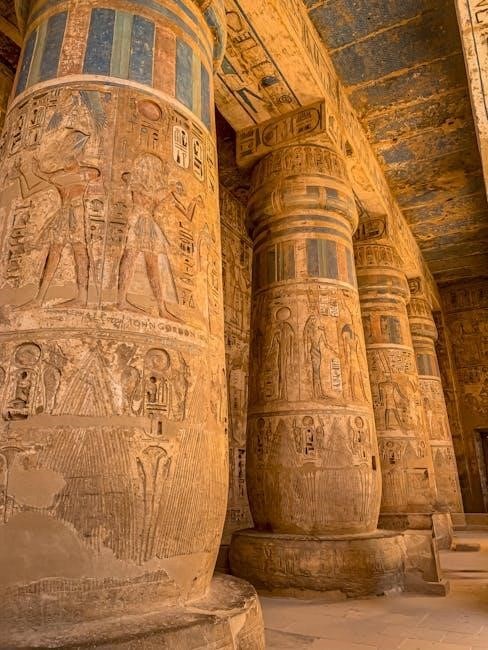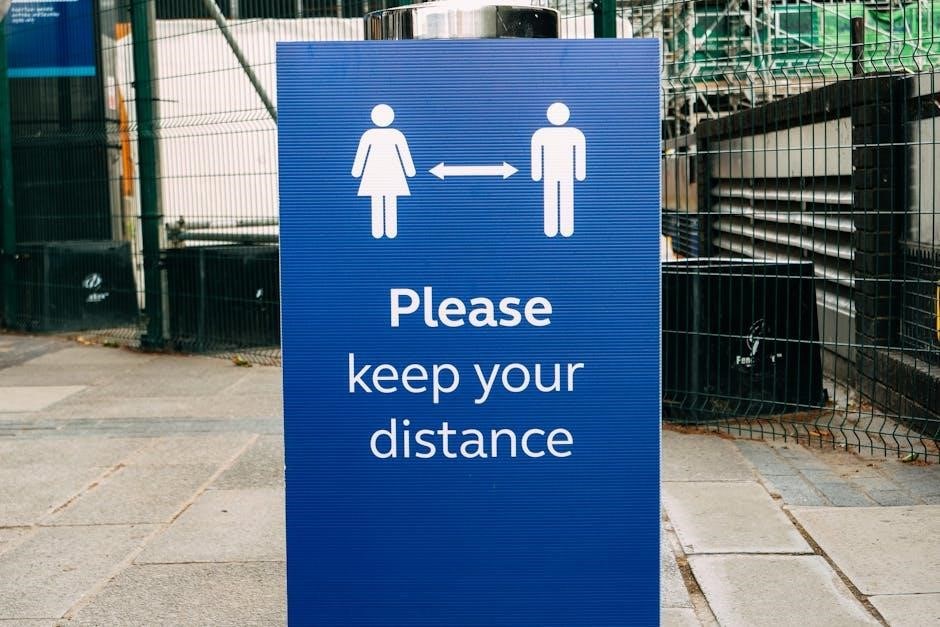This comprehensive guide will walk you through the process of leveling your Inscription skill from 1 to 450 in Wrath of the Lich King Classic. We’ll cover everything from milling herbs to crafting glyphs, ensuring you reach Grand Master Inscription efficiently and inexpensively. Get ready to master the art of inscribing!
Welcome to the world of Inscription in Wrath of the Lich King Classic! This profession, new to WotLK, allows players to create Glyphs, Vellums, and other useful items. Inscription utilizes a unique skill called Milling, which turns herbs into pigments necessary for crafting. Leveling Inscription is generally cheaper compared to professions like Engineering or Blacksmithing, making it an appealing choice for many players, especially alts.
This guide will provide you with a detailed walkthrough, outlining the materials needed, efficient leveling paths, and tips for making gold with Inscription. You’ll learn how to navigate the profession from skill level 1 to 450, maximizing your efficiency and minimizing costs. Whether you are a seasoned player or new to WotLK Classic, this guide will equip you with the knowledge to master Inscription.
Furthermore, we will explore the importance of Minor Inscription Research, a cooldown ability that teaches you various minor glyphs. We’ll also discuss the significance of Northrend herbs and the skill requirements for milling them. By following this guide, you will be well-prepared to excel in the Inscription profession and reap its many benefits in WotLK Classic.
Why Choose Inscription? Benefits and Advantages
Inscription offers a multitude of benefits in Wrath of the Lich King Classic, making it a worthwhile profession to pursue. One of the primary advantages is the ability to craft Glyphs, which enhance character abilities and are highly sought after by players. These glyphs provide significant stat boosts and gameplay improvements, ensuring a consistent demand in the auction house.
Another compelling reason to choose Inscription is the exclusive shoulder enchants it provides. These enchants are often superior to those obtainable through reputation grinds, offering a convenient alternative for alts. This eliminates the need to grind Hodir reputation, saving valuable time and effort. Furthermore, Inscription offers the potential for significant gold-making opportunities, especially early in the expansion.

By focusing on research cooldowns and acquiring popular Major Glyphs, you can capitalize on market demands and generate substantial profits. The profession is also relatively easy to level compared to others, making it an attractive option for players seeking a less grind-intensive experience. Finally, the ability to create Vellums allows scribes to cater to enchanters, providing another avenue for profit and trade within the game.
Inscription Trainers: Where to Find Them
Locating Inscription trainers is essential to begin and advance your skill in this profession. In major cities of the old world, you can find inscription trainers who can teach you the basics of inscription. These trainers are typically located near other profession trainers. For example, in Stormwind, Alliance players can find inscription trainers within the trade district, while Horde players in Orgrimmar can locate them near the crafting area.
As you progress into Outland, trainers in locations like Shattrath City will become available to teach you higher skill levels. These trainers offer advanced techniques and recipes to further enhance your inscription abilities. Upon reaching Northrend, Dalaran becomes a central hub for inscription training. However, Dalaran does not open up via questing until level 74 so if staying at level 70 for a while plan to get a level 75 mage to portal you to Dalaran.
Within Dalaran, you’ll find Grand Master Inscription trainers who can guide you to the highest levels of the profession. These trainers provide access to Northrend-specific recipes and techniques, allowing you to craft powerful glyphs and other inscription items. Be sure to visit these trainers regularly as you level to stay up-to-date with the latest skills and recipes available.
Leveling Inscription 1-450: An Overview
Leveling Inscription from 1 to 450 in Wrath of the Lich King Classic involves a systematic approach of crafting various items to increase your skill level. The core mechanic revolves around milling herbs into pigments, which are then used to create inks. These inks, combined with parchment, form the basis for crafting glyphs, scrolls, and other inscription-related items. Efficient leveling requires a strategic selection of recipes that provide the most skill-ups for the least amount of materials.
Initially, you’ll focus on crafting recipes that use readily available herbs from the starting zones. As your skill increases, you’ll need to acquire herbs from higher-level zones and learn new recipes from trainers. Managing your materials efficiently is crucial, as some herbs and pigments are more valuable than others. Utilizing auction house data can help you determine which items are in demand and profitable to craft.
Reaching the higher skill levels (375-450) requires Northrend herbs, necessitating travel to the new continent. This phase involves learning advanced glyph recipes and utilizing unique Northrend pigments. Keep in mind that some of the best recipes are learned through Minor Inscription Research, which teaches you 1 of 64 minor glyphs, a cooldown-based skill that randomly teaches you inscription recipes. This process requires patience and consistent research to acquire all the desired glyphs.

Milling: Turning Herbs into Pigments

Milling is a core skill for Inscription, enabling you to convert herbs into pigments, the fundamental building blocks for inks. To mill herbs, simply right-click on the herb in your inventory, and the milling interface will appear. Each herb typically yields 2-4 pigments, though this can vary. Different herbs produce different types of pigments, which are used to craft specific inks and, consequently, different inscription items.
Efficient milling involves selecting the right herbs based on their pigment yield and the demand for those pigments. Lower-level herbs, such as Peacebloom and Silverleaf, are milled to create pigments for early-level recipes. As you progress, you’ll need to mill higher-level herbs found in later zones to obtain the pigments required for advanced glyphs and scrolls. Northrend herbs require an inscription skill of 325 to mill.
It’s crucial to manage your herb and pigment inventory effectively. Excess pigments can be stored in your bank or sold on the auction house if they are not immediately needed. Keep track of the pigment requirements for the recipes you intend to craft and ensure you have a sufficient supply. Also, remember that you’ll be using the Minor Inscription Research cooldown, which teaches you 1 of 64 minor glyphs, so plan ahead and save extra Peacebloom and Silverleaf!
Required Materials: Herbs and Pigments List
To effectively level Inscription, you’ll need a steady supply of herbs and pigments. The specific herbs and pigments required will vary depending on your current skill level and the recipes you intend to craft. However, a general understanding of the common materials is essential for efficient leveling.
Early levels will primarily utilize herbs like Peacebloom, Silverleaf, and Briarthorn. These herbs yield pigments such as Alabaster Pigment, which is used in numerous low-level inscription recipes. As you progress, you’ll need to gather more advanced herbs like Stranglekelp, Bruiseweed, and Wild Steelbloom, which provide pigments like Ochre Pigment and Verdant Pigment.
Reaching higher skill levels will require Northrend herbs like Goldclover, Tiger Lily, and Icethorn. These herbs are milled into pigments such as Roseate Pigment, Azure Pigment, and Icy Pigment, crucial for crafting high-level glyphs and scrolls. Keep in mind that Northrend herbs require a minimum skill level of 325 to mill. Remember to check the Auction House for good deals and consider farming herbs yourself to save gold. Having a gathering profession like Herbalism can greatly assist in accumulating the necessary materials.
Efficient Leveling Paths and Recipes (1-375)
Leveling Inscription from 1 to 375 requires a strategic approach to minimize costs and maximize skill gains. This involves selecting the most efficient recipes at each skill level and utilizing readily available herbs.
From 1-75, focus on crafting Scrolls of Strength using Alabaster Pigment, obtained from milling Peacebloom and Silverleaf. Continue with Lesser Mooncloth Shoulders (75-150) using pigments from Earthroot and Briarthorn. At 150-225, try Golden Dawn or Jadefire recipe using pigments from Stranglekelp and Bruiseweed. Once you reach 225-300 levels, craft recipe with pigment from Grave Moss and Kingsblood. As you approach the 300-375 range, recipes using Felweed and Dreamfoil are recommended.
Remember to always craft recipes that are orange or yellow to guarantee skill increases. Keep in mind that you can only skill up to 360 during the pre-patch. You’ll need Northrend herbs to go beyond 360, so plan accordingly. Milling provides additional skill points, so mill all your herbs. This path ensures a smooth transition into Northrend Inscription, setting you up for crafting high-level glyphs.
Efficient Leveling Paths and Recipes (375-450)
Reaching the pinnacle of Inscription, levels 375 to 450, involves utilizing Northrend herbs and recipes. Begin by crafting Northrend-specific glyphs using pigments obtained from milling herbs like Goldclover, Tiger Lily, and Deadnettle.
Focus on recipes that provide consistent skill gains, even if they require slightly more materials. Experiment with different glyphs to find those that are cost-effective and readily sellable on the Auction House. Consider crafting Vellums, which will always have a market with regular players.
For the final push towards 450, utilize recipes that require higher-level Northrend herbs. Remember that Dalaran doesn’t open up via questing until level 74, so plan to get a level 75 mage to portal you to Dalaran. By focusing on efficient recipes and maximizing your milling yields, you’ll achieve Grand Master Inscription with minimal expense and effort.

Minor Inscription Research and Glyph Learning
A crucial aspect of Inscription in Wrath of the Lich King is Minor Inscription Research. This special ability, available to all Inscribers, allows you to discover new minor glyph recipes. These glyphs, while not as impactful as major glyphs, offer cosmetic or utility enhancements and are always in demand.
The process involves a 20-hour cooldown, meaning you can only perform one research per day. Each research grants you one of 64 minor glyphs. You’ll need to use that ability 64 times to learn them all. Stock up on extra Peacebloom and Silverleaf, as these are used for the Minor Inscription Research cooldown.
Focus on your research cooldowns and hope you get an in-demand glyph with less competition. This makes consistent research vital for expanding your repertoire and potentially uncovering valuable glyphs that can be sold for profit. This is a long-term investment that pays off;
Making Gold with Inscription in WotLK
Inscription is a potent profession for generating gold in Wrath of the Lich King, primarily through the creation and sale of glyphs. The demand for glyphs, especially major glyphs that enhance character abilities, is consistently high throughout the expansion. Early in the expansion, you can make a fortune if you get popular Major Glyphs.
The key to maximizing profit lies in efficiently acquiring glyph recipes and crafting popular glyphs. Many of the best recipes for major glyphs are learned through a 20-hour cooldown, and its random which recipes you’ll learn. The auction house will become your best friend, as monitoring prices and identifying profitable glyphs is essential.
Vellums will also have a market with regular players wanting to mail mats to a guild enchanting and enchanters themselves wanting to sell on the auction house. But every scribe can make vellums, which will reduce their value. Focus on your research cooldowns and hope you get an in-demand glyph with less competition.
Inscription for Alts: Shoulder Enchants and More
Inscription is exceptionally beneficial for alts due to its relatively easy and often cheaper leveling process compared to professions like Engineering or Blacksmithing. One of the most significant advantages Inscription offers alts is the ability to craft powerful shoulder enchants. These enchants provide substantial stat boosts and can replace the need to grind reputation with the Hodir faction for comparable shoulder enhancements.
This means you can save a considerable amount of time and effort on your alts, avoiding the repetitive daily quests associated with Hodir reputation. Furthermore, Inscription allows alts to generate some income through the crafting and sale of glyphs and other inscribed items.
The profession requires a level of at least 65 to get all the way to 450; That said, Dalaran doesn’t open up via questing until level 74 so if staying at level 70 for a while plan to get a level 75 mage to portal you to Dalaran.
Tips and Tricks for Efficient Inscription Leveling
Maximize your Inscription leveling efficiency with these essential tips and tricks. First, always keep a supply of Peacebloom and Silverleaf on hand, as they are crucial for Minor Inscription Research. This cooldown-based ability allows you to learn various minor glyphs, and you’ll need to use it repeatedly to acquire them all. Prioritize your research cooldowns, especially early on, to unlock valuable glyph recipes that are in high demand.
Mill herbs in bulk to ensure a steady supply of inks for crafting. Remember that Northrend herbs require a skill level of 325 to mill, so plan accordingly. Keep an eye on the Auction House for deals on herbs, but be wary of vellums market. Focus on crafting glyphs that are in demand but have less competition to maximize profits.
Stock up on extra Peacebloom and Silverleaf to continue using the ability for the Glyphs.

